by Ken Gargett
Around a quarter of a century ago on a tour of New Zealand vineyards, I caught up with a bloke called Steve Smith.
Smith, the leading New Zealand viticulturist and one of the first Kiwi Masters of Wine (an extremely difficult certification attained only after years of study), was keen to show me the new project on which he was working.
He could hardly contain his enthusiasm as we stood in the middle of a vacant paddock and pointed out all the things that were going to happen. I remember thinking that if even half of the plans came to fruition, this was going to be one of the most exciting wineries in New Zealand.
Fast forward to today: while Smith is now involved with other projects, it would be fair to say that everything promised was put in place and more. Much more.
Craggy Range, in the Gimblett Gravels region of Hawkes Bay on the east of New Zealand’s North Island, is one of the world’s most thrilling and quality-orientated operations.
Craggy Range: then and now
While Smith was the man on the ground (and the face around the world) in the earlier days, the project is actually the pride of the Peabody family who has poured heart and soul into it. Of course, it is easier to do that if you are well-funded, and it would be fair to suggest that there have not been too many wineries around the globe to have benefited from the family fortune to the same extent as Craggy Range.
It is a showcase winery in every sense of the word and one of which the family is rightly very proud.
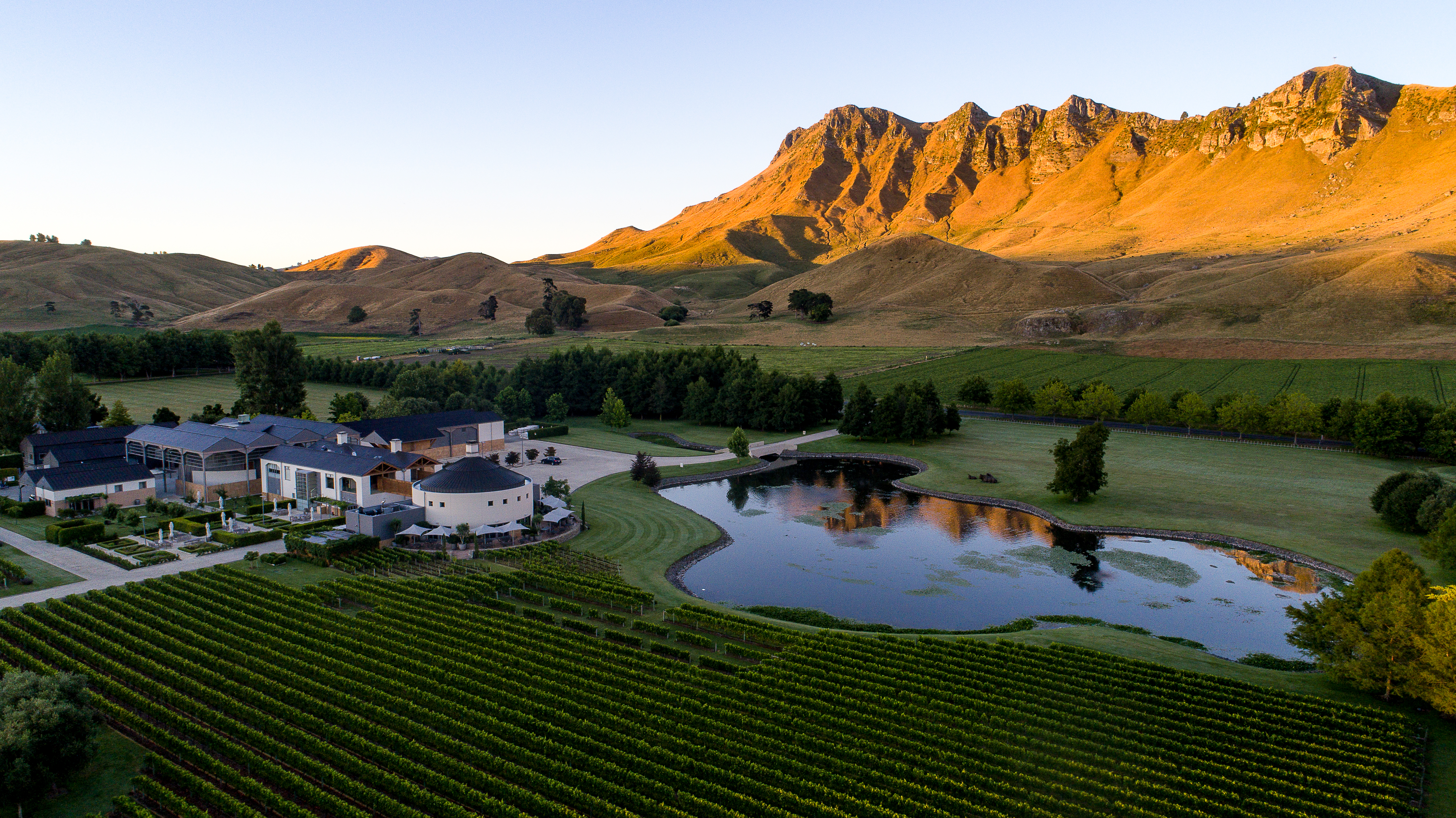
Craggy Range winery in Gimblett Gravels, New Zealand
Although patriarch Terry Peabody has an American background, he has lived in Brisbane, Australia for many years. When he decided he wanted to enter the wine business, his search ranged across the United States, France and Australia before, aided by Smith, they found the perfect site in New Zealand.
In the early days, it was extremely easy to tease Smith about Craggy Range being “Queensland’s best winery.”
I was back at Craggy Range a little while after that first visit, in January 2003, for the opening of the winery (local estimates put the cost of the winery at $65 million – I have always thought local estimates were rather lacking in generosity). Normally, this sort of thing would consist of some speeches, a little finger food, and some of the winery’s new wines, before we all ducked off to the pub. Not at Craggy.
An outdoor stage was erected next to the superb Giants Winery (they built two) with seating for some 6,000 guests at the base of Te Mata Peak. Even though it was a mid-summer evening, I remember it being bitterly cold. But the wines soon helped alleviate the chill.
Among the entertainment was former Crowded House singer Tim Finn and the famous New Zealand opera soprano Dame Kiri te Kanawa (Dame Kiri’s now ex-husband has subsequently become one of my best mates although we did not know each other at the time, and we have often shared our independent memories of that evening).
The highlight, though, was to have Sir Edmund Hillary tell the tale of his final ascent of Mount Everest 50 years earlier that year, while the Auckland Philharmonic Orchestra (the entire orchestra having been flown in by Craggy Range for the event) played behind him and we all sat in the most spectacular of locations. Not a dry eye (or an empty glass) within miles.
Craggy Range: the wines
I mentioned there are two wineries. The showpiece is the Giants Winery, which attracts visitors (and has a superb restaurant and accommodation) and makes their famous merlot-dominant wine, Sophia. The Gimblett Gravels winery looks after the rest.
While this region is headquarters, they do have vineyards around the country, allowing them to tap into the best areas for grapes like sauvignon blanc and pinot noir.
While the wines have all developed global credibility, legions of fans and exemplary reputations, there are two that really do attract an almost religious reverence. Sophia, as mentioned, and the fabulous syrah, Le Sol.
Some will insist that nothing can touch Sophia, but my personal favorite is Le Sol. And it will always rank highly, not just in any list of the New Zealand’s top syrah, but that country’s finest wines (go further and include it in any list of the greatest syrah/shiraz wines made on the planet).
One thing I never forgot about that first meeting with Smith was him telling me that they had a shiraz (these days, Kiwis prefer to go with the French syrah spelling as then they don’t have to compete in the market against the very different rich and bold Aussie shiraz) in barrel at over 15 percent – almost unheard of for New Zealand back in those days.
We went back to the facilities they had at the time and I remember tasting this inky black, licorice-dense, opulent bundle of joy. I’d never seen anything like it from New Zealand. Few had.
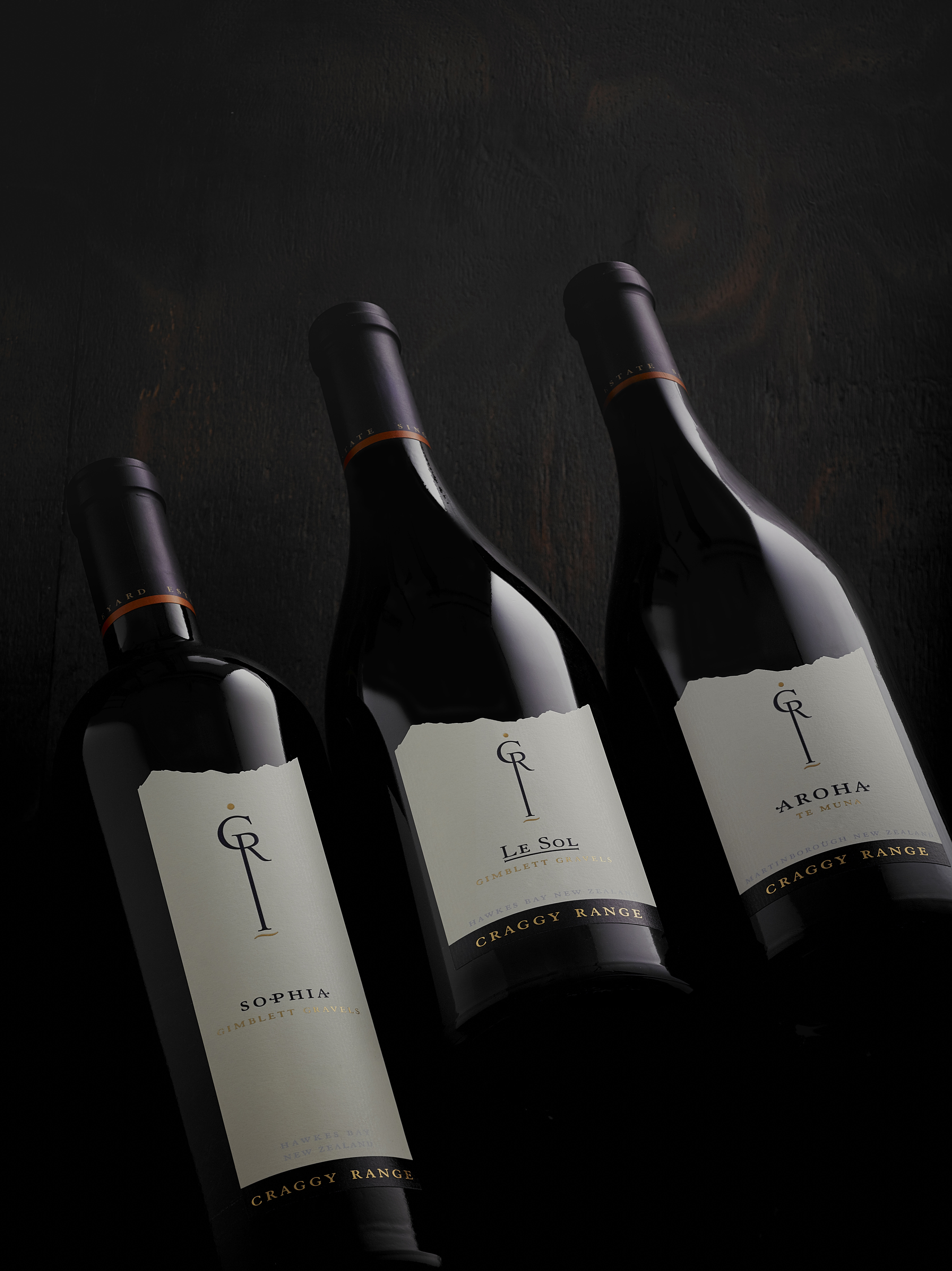
Craggy Range 2015 Le Sol Prestige trio
Recently, I have had a chance to look at the last three vintages of Le Sol – 2014, 2015, and the newly released 2016. The older two wines on the same occasion and the new one as a sample a few days later (in all honesty, the glass is sitting a few inches from the computer as I write).
For me, this has done nothing but confirm what a truly spectacular wine Le Sol is. At AUD$150, it is also brilliant value when compared with other great wines of the world. For me, this wine alone is enough to ensconce Craggy Range in any list of the world’s best.
Le Sol has been made every year since 2001, with the exception of 2003 and 2012. The power and concentration of the early vintages now sit comfortably with an extra level of elegance and purity.
The latest vintage saw 20 percent whole bunch. The wine spent 17 months in French oak barriques, 25 percent of which were new.
If you are not familiar with this wine, it will come as a revelation.

Craggy Range Le Sol from Gimblett Gravels, New Zealand
Craggy Range: Le Sol tasting notes
2014: Rich, complex, still tight and muscular, and perhaps the least elegant of these three most recent vintages, but it is impressively balanced. Has a plushness with lovely black fruit notes. A little tobacco leaf and spice, a hint of stewed plums, this is a seamless style with very fine tannins. Possibly exhibiting a fraction more oak than the other recent releases, but it is beautifully absorbed into the wine. Very good length, this is a wine with an exciting future. 96.
2015: Bold, very youthful, wonderfully supple, and with great length. Dry herbs, spices, licorice, black cherry/cassis. A slight meaty note. Ripe, complex, and very comfortable within itself. A great future is easy to predict. Fine tannins, which are abundant, but they are almost invisible. They seem to melt. Structure is perfect for the many years this wine has ahead of it. Thrilling. 98.
2016: At some stage, these wines simply can’t keep getting better. No matter. For me, I can’t recall a better Le Sol. Granted, very young, but this is such an exciting wine. Black cherries and blueberries. Warm earth, new leather. Cashmere-like tannins. A plushness, an elegance, and yet serious intensity. Immaculate balance. Finesse and power, and it walks that tightrope with ease. One of those wines that will age with grace for many years, but it is simply so full of joy, so delicious, as it is now that a lot of bottles will die young. Glorious. 99.
For more information please visit www.craggyrange.com.
You may also enjoy:
Gimblett Gravels Annual Vintage Selection From Hawke’s Bay, New Zealand: Wine Highlights And Scores
Penfolds Special Bottlings: Spirited Wines, Distilled Single Batch Brandy, And A Fortified
Penfolds G3: Making Grange, Already One Of The World’s Greatest Wines, Even Better






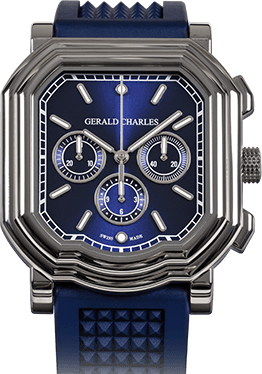
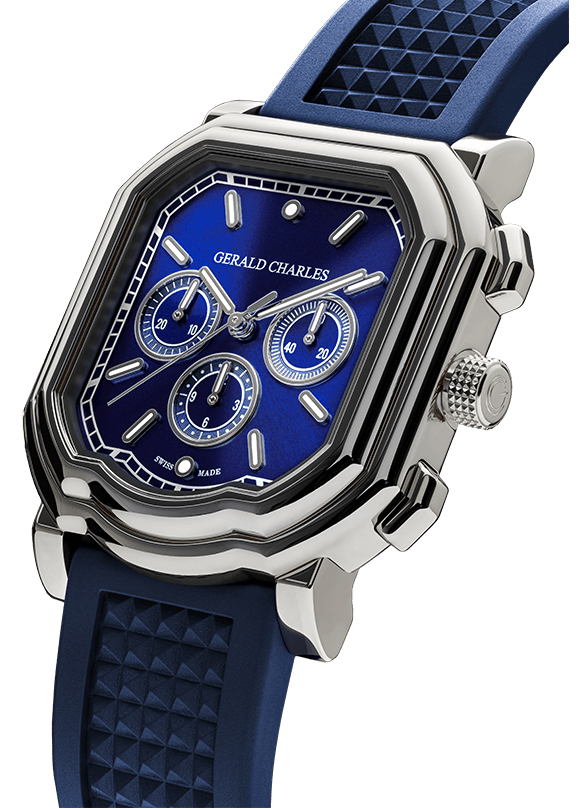

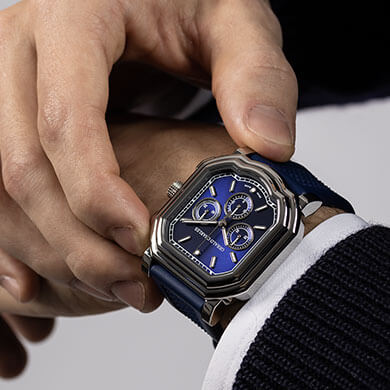
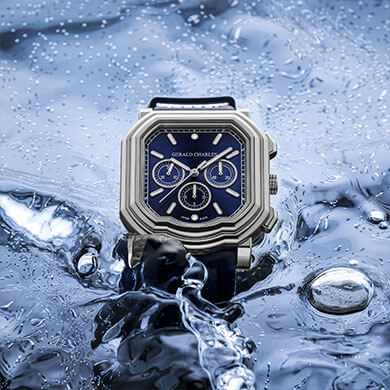

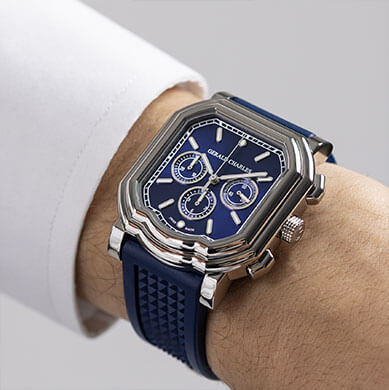



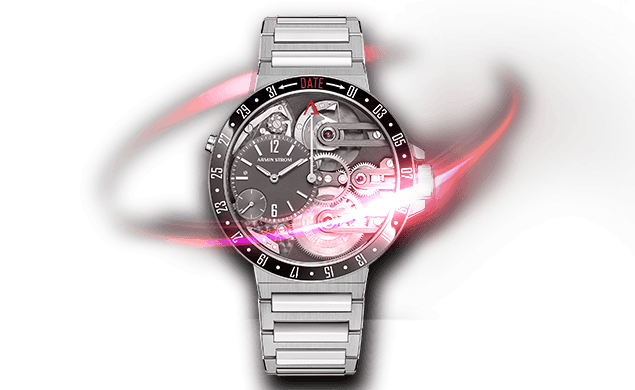
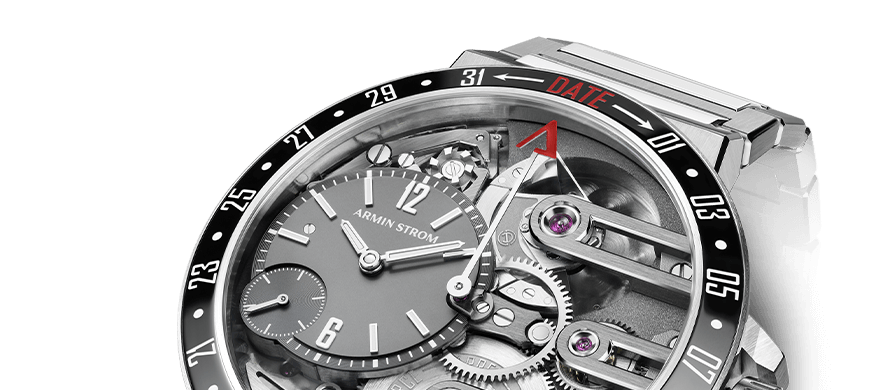
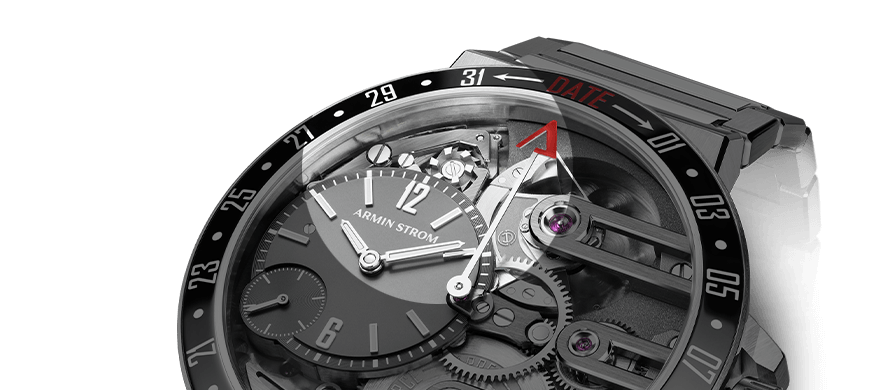


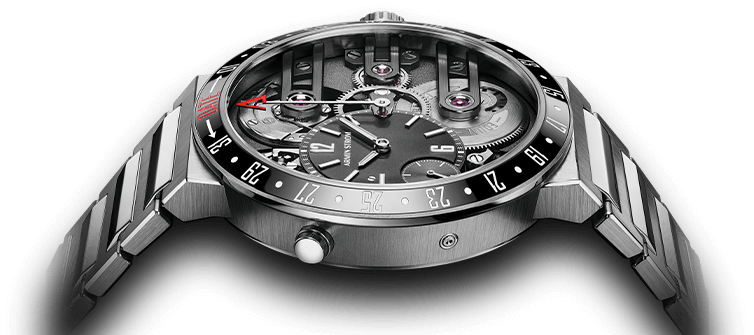


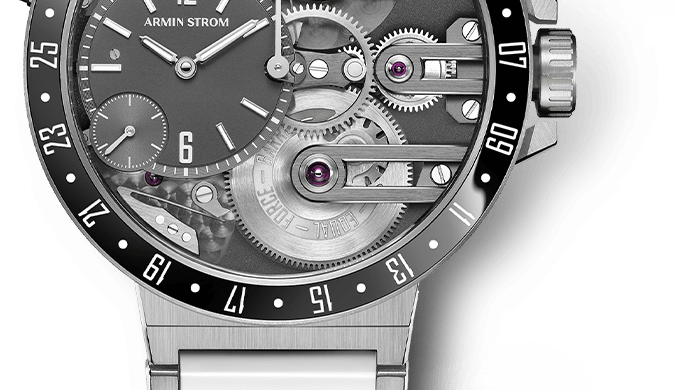
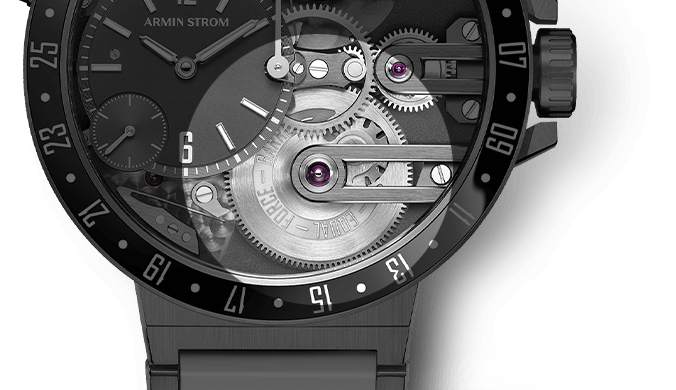


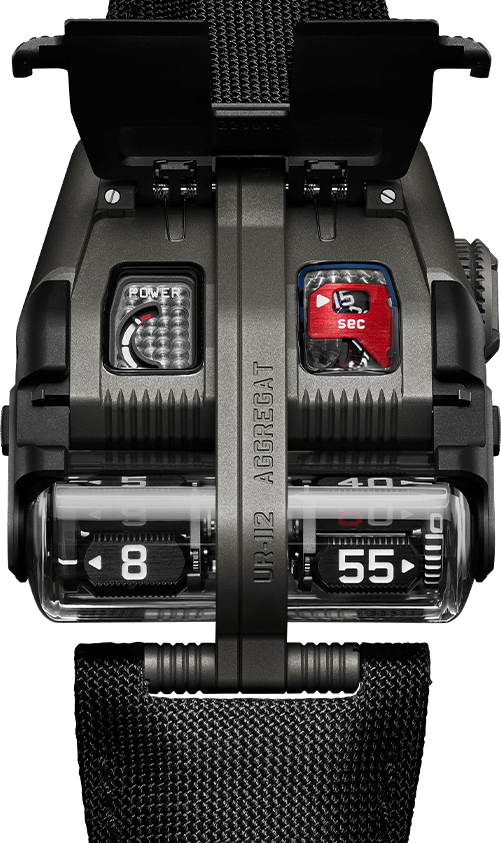

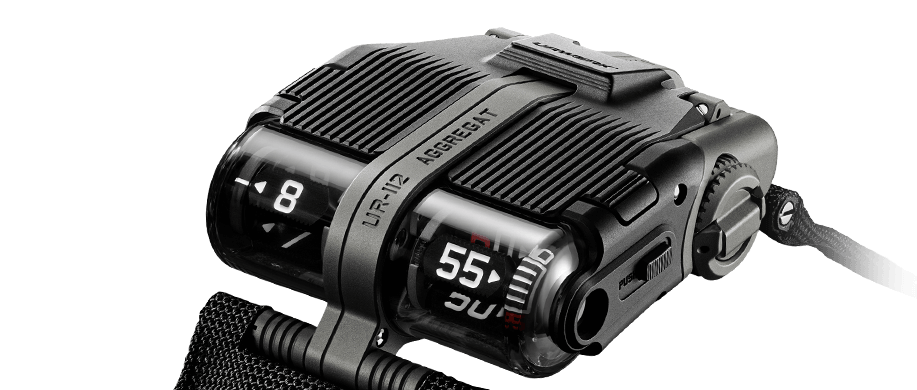
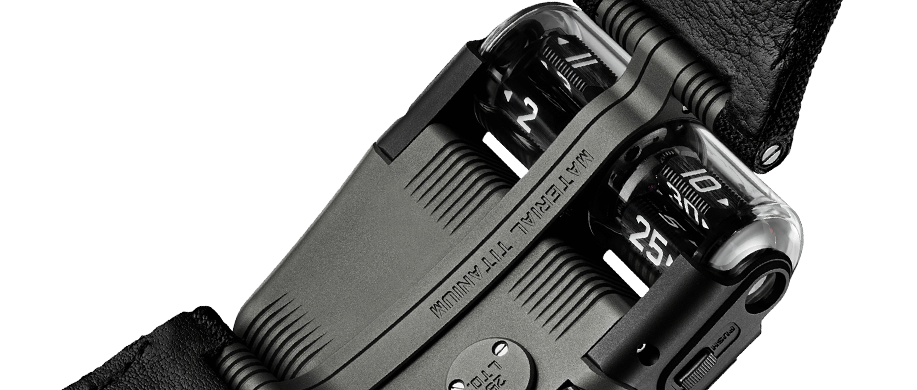
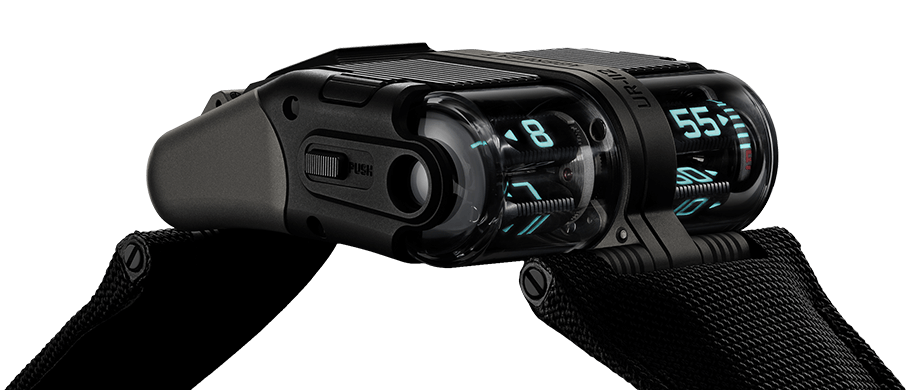

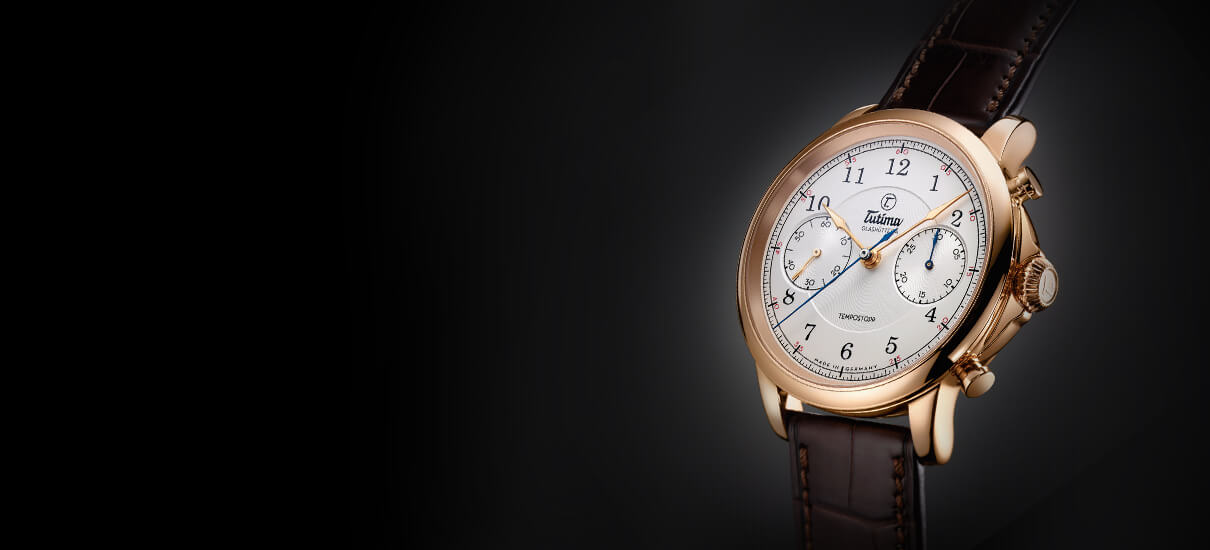

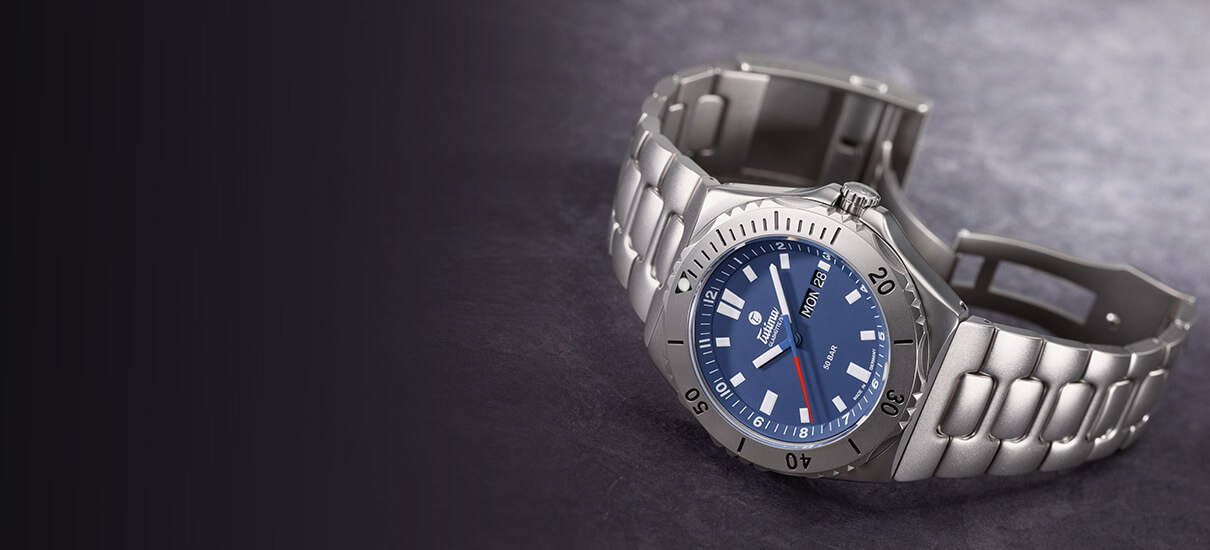

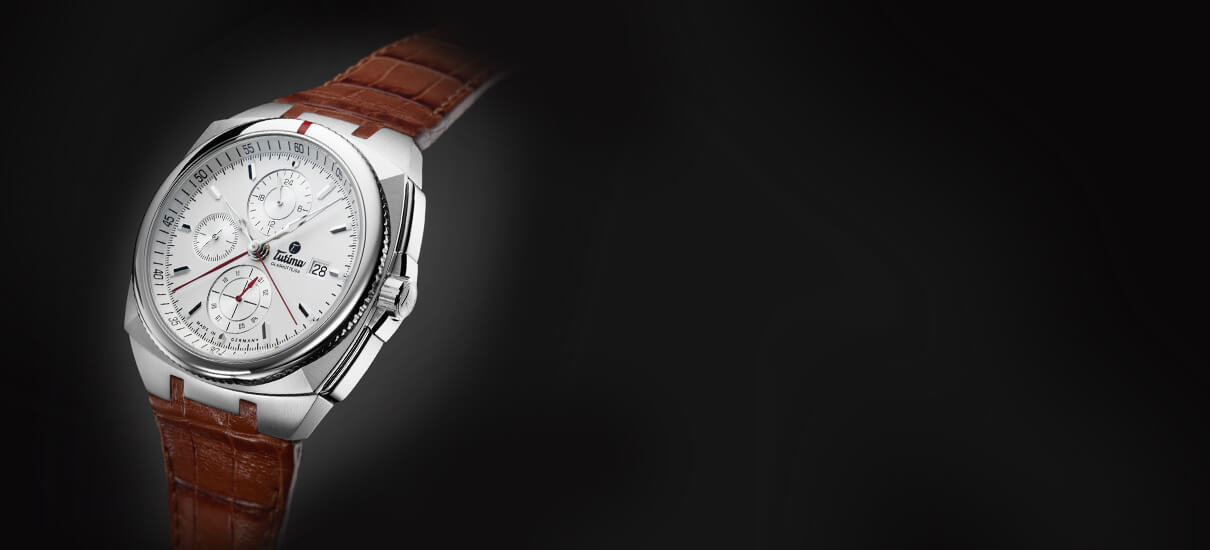

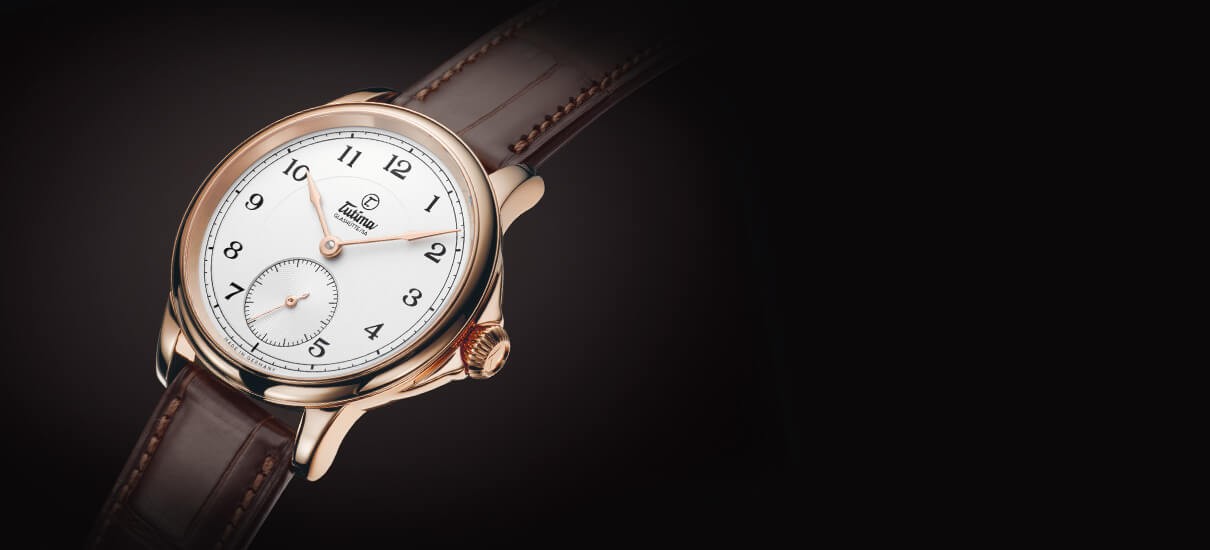

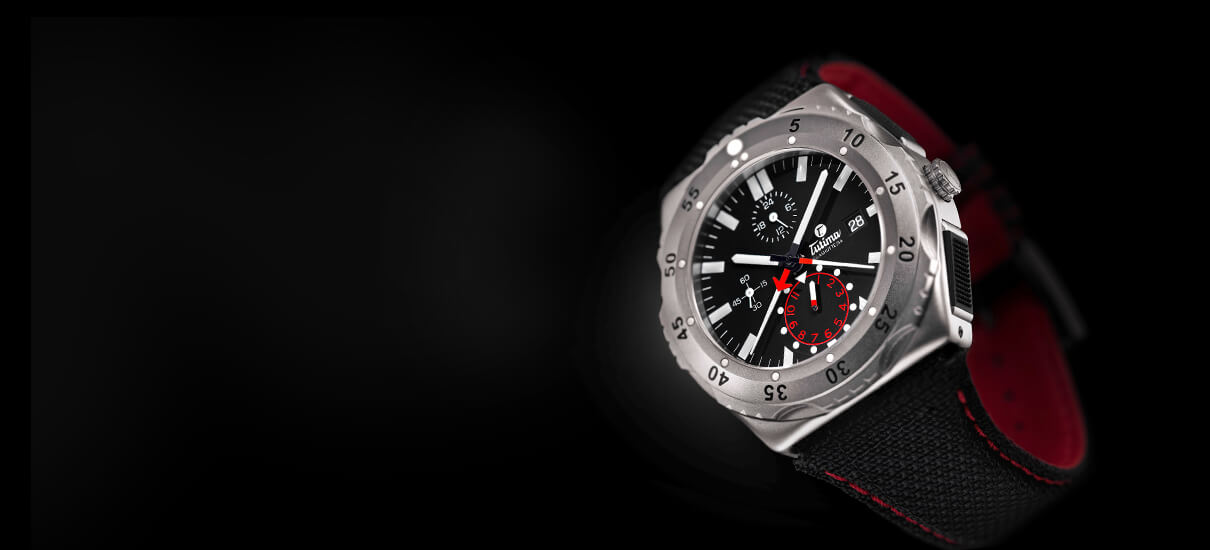

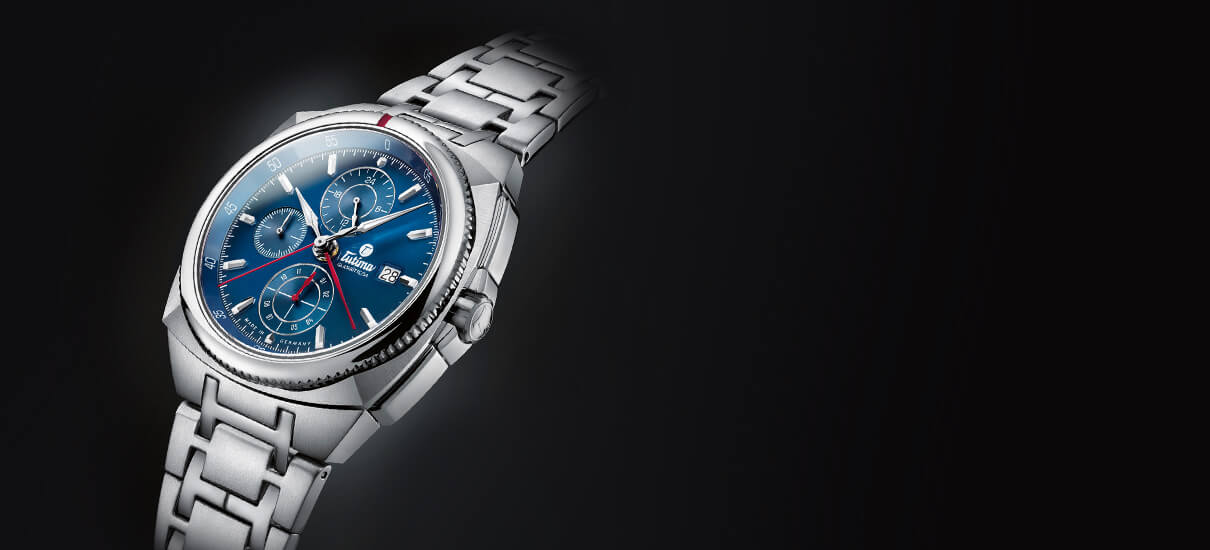

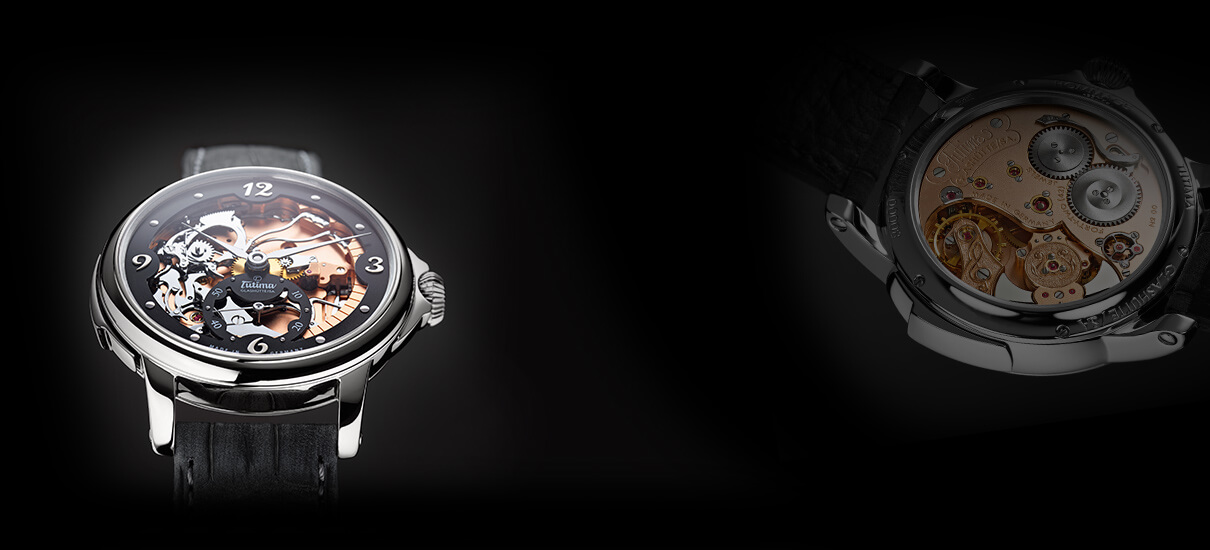

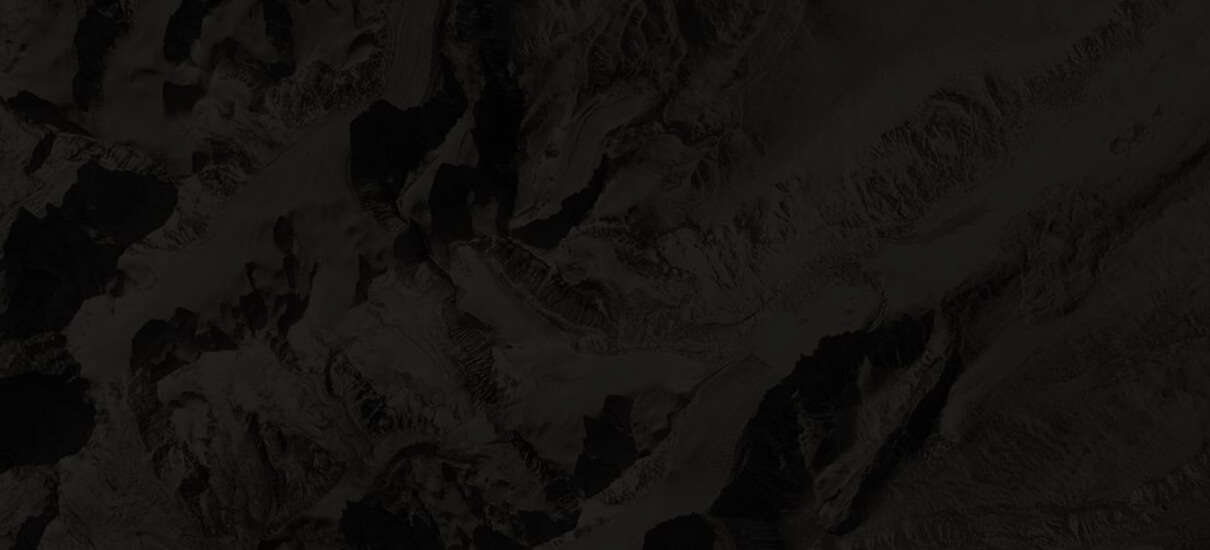

Leave a Reply
Want to join the discussion?Feel free to contribute!